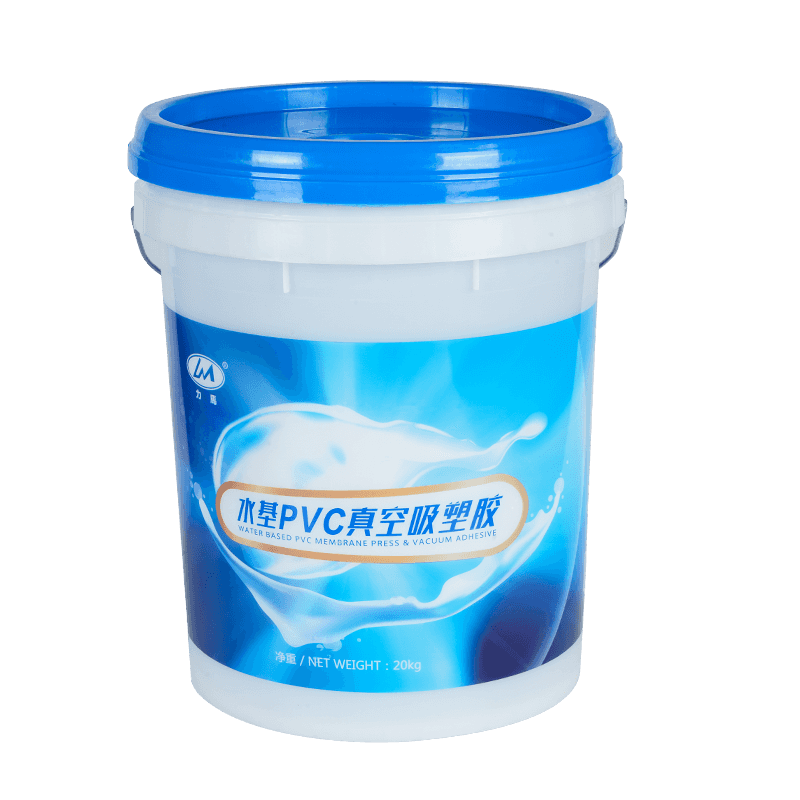Understanding and Selecting the Right PVC Vacuum Forming Adhesive
The process of vacuum forming allows for the creation of complex, custom shapes from thermoplastic sheets, with Polyvinyl Chloride (PVC) being a popular material choice due to its versatility, low cost, and durability. However, once the PVC part is formed, the critical step of assembly often requires a reliable PVC vacuum forming adhesive. Selecting the correct adhesive is paramount, as the bond must withstand operational stresses, chemical exposure, and temperature variations while maintaining aesthetic integrity.
1. The Challenge of Bonding PVC
PVC presents a unique challenge for bonding, especially after vacuum forming. The material can be found in two main forms: rigid (uPVC) and plasticized (flexible).
-
Rigid PVC is structurally sound but can be chemically challenging to bond without proper preparation.
-
Flexible PVC contains plasticizers, chemical additives that make the material pliable. These plasticizers can migrate into the adhesive layer over time, weakening the bond and leading to failure, often requiring specialized adhesives or primers.
Furthermore, the vacuum forming process itself can introduce mold release agents or surface contaminants that inhibit adhesion, necessitating thorough cleaning and surface preparation.
2. Primary Types of PVC Vacuum Forming Adhesives
For a strong and lasting assembly, several adhesive types are commonly employed, each with distinct advantages:
A. Solvent Cements (Chemical Welding)
Solvent cements are arguably the most effective way to bond rigid PVC parts to themselves. These are not glues in the traditional sense; they work by temporarily dissolving the surface layer of the plastic.
-
Mechanism: When the parts are brought together, the dissolved PVC molecules intermingle. As the solvent evaporates, the material re-hardens, creating a "weld" that is as strong as the original plastic.
-
Application: Ideal for creating strong, permanent, and seamless bonds on thick-gauge, rigid vacuum-formed PVC.
-
Key Consideration: Requires a precise fit between parts, as the cement has little gap-filling capability.
B. Cyanoacrylates (CAs - Super Glue)
For quick fixes or bonding small, non-structural components, CAs are often used.
-
Mechanism: These bond rapidly by reacting with moisture on the surface.
-
Application: Suitable for quick assembly tacking and bonding small features.
-
Key Consideration: Standard CAs can be brittle and offer poor performance on flexible PVC due to plasticizer migration. Special surface-insensitive (SI) or rubber-toughened grades are recommended for better durability.
C. Two-Part Epoxies and Polyurethanes
These structural adhesives provide a strong, gap-filling bond and are excellent for joining vacuum-formed PVC to dissimilar materials (e.g., metal, wood, or other plastics).
-
Mechanism: A chemical reaction between the resin and hardener forms a thermoset polymer that is highly resistant to chemicals, temperature, and impact.
-
Application: Best for structural applications, high-stress joints, or when a large gap needs to be filled.
-
Key Consideration: Requires accurate mixing and a longer cure time compared to solvent cements or CAs.

D. Specialized Membrane Press Adhesives
In the woodworking industry, the term "PVC vacuum forming adhesive" often refers to Water-Based Polyurethane Dispersions (PUDs) used in the vacuum membrane press process.
-
Mechanism: This process involves using the adhesive to laminate thin PVC film onto an MDF or wood substrate. The adhesive is sprayed on, dried, and then activated by the heat and vacuum pressure of the press, creating a decorative coating.
-
Key Consideration: These adhesives are highly specialized for lamination, designed for high-temperature activation, and typically not suitable for bonding formed PVC parts together.
3. Professional Adhesion Best Practices
To ensure the integrity of the finished part, professional fabricators follow a strict protocol:
-
Surface Cleaning: All mold release agents, dust, and oils must be removed. Isopropyl alcohol (IPA) or a specialized plastic cleaner is typically used. For oilier or more flexible PVC, a stronger degreasing agent may be necessary.
-
Surface Activation/Priming (Critical for Flexible PVC): For plastics that are inherently difficult to bond (like flexible PVC or polyolefins), a primer or a solvent wipe may be used to chemically modify the surface, increasing the surface energy and promoting adhesive wetting.
-
Application Technique: The adhesive should be applied evenly. For solvent cements, apply a liberal amount, press the parts firmly together, and hold until the initial set occurs. For epoxies, follow the manufacturer's instructions for mix ratio and work time.
-
Clamping and Curing: Proper clamping ensures a consistent bond line and prevents movement during the critical curing phase. Allowing the bond to cure fully—often 24 to 72 hours—before putting the part into service is essential for maximum bond strength.
In summary, the choice of PVC vacuum forming adhesive is a technical decision driven by the specific type of PVC, the functional requirements of the bond (structural vs. aesthetic), and the production environment. Using the right adhesive with meticulous surface preparation transforms a mere formed plastic shell into a durable and high-quality final product.